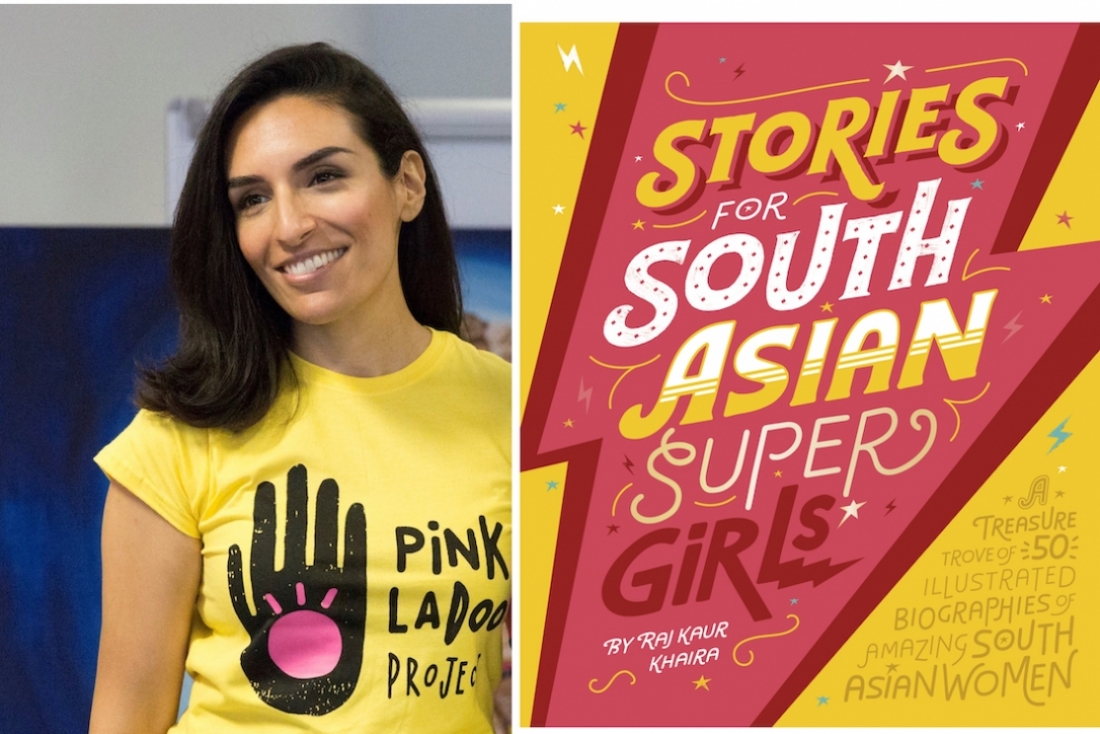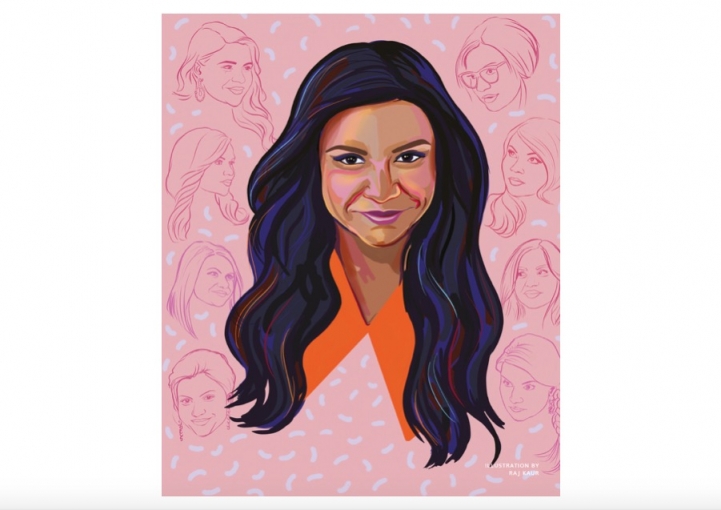
Image credit: Raj Gedhu

Image credit: Raj Gedhu
Founder of Pink Ladoo, a movement and initiative that celebrates the girl child, girls and women in all their stages, Raj Kaur Khaira was all of 12 when the idea piqued her curiosity. ‘I was sitting at the kitchen table with my mom packing boxes of ladoo we were going to give out for my brother when I turned and said to her “Someone should start a trend to mark the birth of a girl, maybe cupcakes or something”. Then I forgot about it. The idea then resurfaced when people close to me started having girls when I was working in the city. Together with the emphasis being placed on elevating women in the workplace recently, I started to wonder what types of negative messages might be thwarting women’s confidence and the women’s rights efforts. This was really the proverbial "light bulb moment". I realized that the cultural campaign was as necessary as it had always been and there was no time like the present.’
Currently out with her latest book, Stories for South Asian Supergirls, Raj tells us how it all started.
How did Pink Ladoo come about?
I am the oldest of 3 children and there is a considerable age gap between me and my siblings - my sister and brother are 10 and 12 years younger than me respectively. My parents never treated my sister and I differently for being girls, but it was a different story from the community and extended family. People reacted very badly when my sister was born by virtue of the fact that she was a girl. They came over and cried, etc. I also grew up in a gender-biased community where men and women fulfilled 'traditional' South-Asian gender roles. Men and women who broke that mould were mocked or criticised - the double standard was rife.
The Pink Ladoo isn’t a new idea. There is a film by the same name and people have sold Pink Ladoo in the past. We chose the Pink Ladoo instead of another sweet because it’s such a strong symbol. It’s a ladoo, so you know it’s for a celebration, and the colour pink tells you it’s a girl. We see it as the symbol of our protest against sexism and to be an effective symbol it has to deliver the message instantly. The Pink Ladoo does just that. The Pink Ladoo Project is the first time it’s been done this way. We aren’t selling them, we don’t get any money from sales. We just wanted to encourage everyone to start a new trend and open up the conversation on gender equality in the process.

Mindy Kaling
Illustration by: Raj Kaur Khaira
Since 2015 up until now, how has Pink Ladoo changed mindsets?
Obviously gaining thousands of followers has been incredible. Initially we were flooded with stories from women who were keen to share their experience, particularly their negative experiences surrounding the birth of their daughters or the pressure to have a son. After that the response evolved into something bigger where people started sending us pictures and stories of the ways in which they had challenged other gender-biased customs. The purpose of this campaign was to inspire South Asians to challenge gender-bias and we’ve done that by setting an example through one powerful tradition in particular.
What inspired Stories of South Asian Supergirls?
I kept sharing stories about amazing south asian women on the Pink Ladoo social media accounts. I’d started doing this as early as 2015. There have been a lot of books coming out recently about inspiring women and I thought it was time I put one together for south asian women.
What was your curatorial process for the super girls you featured?
All the women featured in the book are ground breaking in some way. They’re either the first in their fields, or rule breakers. They’re subversive women who went against societal and cultural expectations to achieve what they did.
How did you decide on the illustrators?
We looked for south asian female illustrators with a unique style and who were still just breaking out to help them get some exposure via the book
What was the most challenging process of the book?
Ah, there were so many! It was really challenging to first select just 50 women. We had so many on our list. After that it was really challenging to do justice to them and fully capture their stories in just 250 words
What next?
I have 2-3 more books coming out in the next few years. I'm still doing my day job as a lawyer/operations specialist and running Pink Ladoo.
Text Shruti Kapur Malhotra